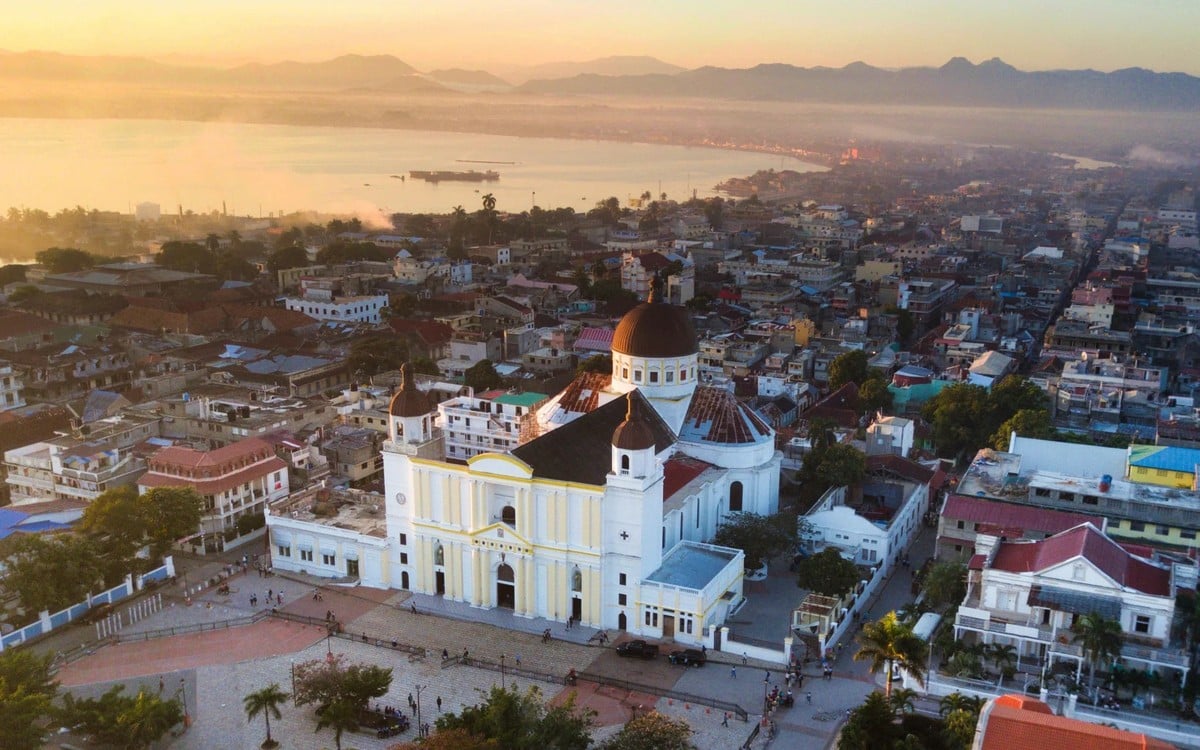Haiti is located along the western portion of Hispaniola, between North Atlantic Ocean and the Caribbean Sea. After the United States, Haiti became the second country in the Americas to proclaim independence from colonial control in 1804. The majority of Haiti’s population has African ancestry. Moreover, in the indigenous Ta’no language, Hayti means “land of the mountains.” 75% of Haiti is comprised of five mountain ranges. Along with a few other spots on the southern peninsula, the tallest mountain, Morne de la Selle, rises to 8,790 ft. Also, Haiti’s warm and humid tropical climate makes it home to famous beaches and rainforests.
Haiti is known for its gorgeous beaches and crystal blue oceans. It is one of the popular tourist destinations in the Caribbean. In addition, tourism is presently the most profitable sector of the Haitian economy. You may relax in the waters while taking a breathtaking view of the mountains.
The Taino People and their Paintings
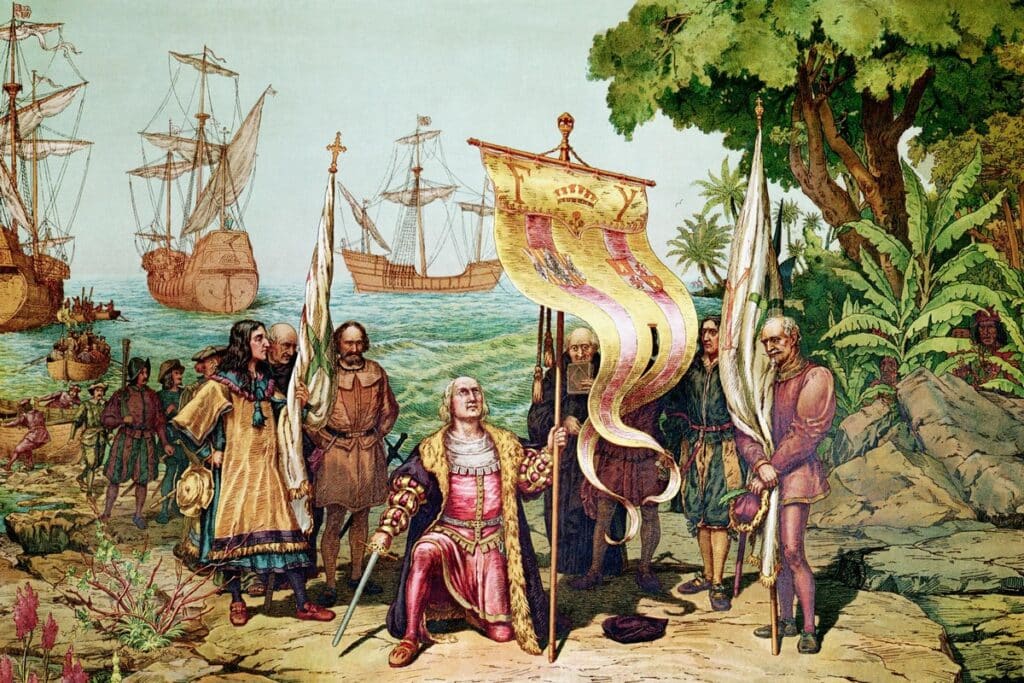
The Tano was a branch of the Arawak people. Most of Haiti was inhabited by them when Europeans arrived in the late 15th century. The native Tano gave the mountainous part of Hispaniola the name Ayiti. Furthermore, Haiti is home to the Caribbean’s most extensive and diverse cave art history and the continent’s most significant artifacts. Known as petroglyphs, the Tano enjoyed creating these works of art on rocks in areas with flowing water or underground. They expressed their cosmological and mythological beliefs and culture through petroglyphs using plants such as bixa, animal fat, natural charcoal, conchs, and stone axes.
Pic La Selle is the Highest Point in Haiti
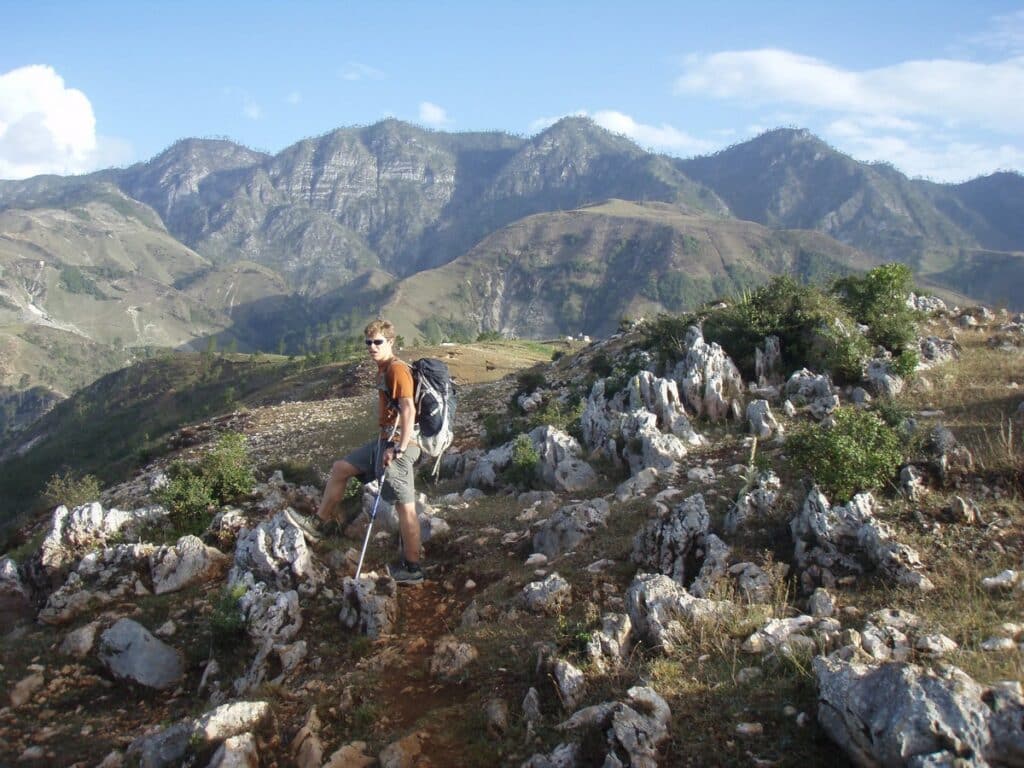
The proverb “Dèyè mòn, gen mòn” translates to “Behind mountains, there are more mountains.” Pic La Selle, located in the La Selle mountain range, is the highest mountain peak in Haiti and the third highest in the Caribbean at nearly 8,700 feet. The La Selle range is a must-see if you consider yourself an adventurer. You may reach the summit in a single day, and from the top, you can see the island of Hispaniola and the surrounding Caribbean. The mountains continually converge and diverge in front of you. Clouds may weave between them like lances, depending on the weather.
The Richest Colony of the French Empire
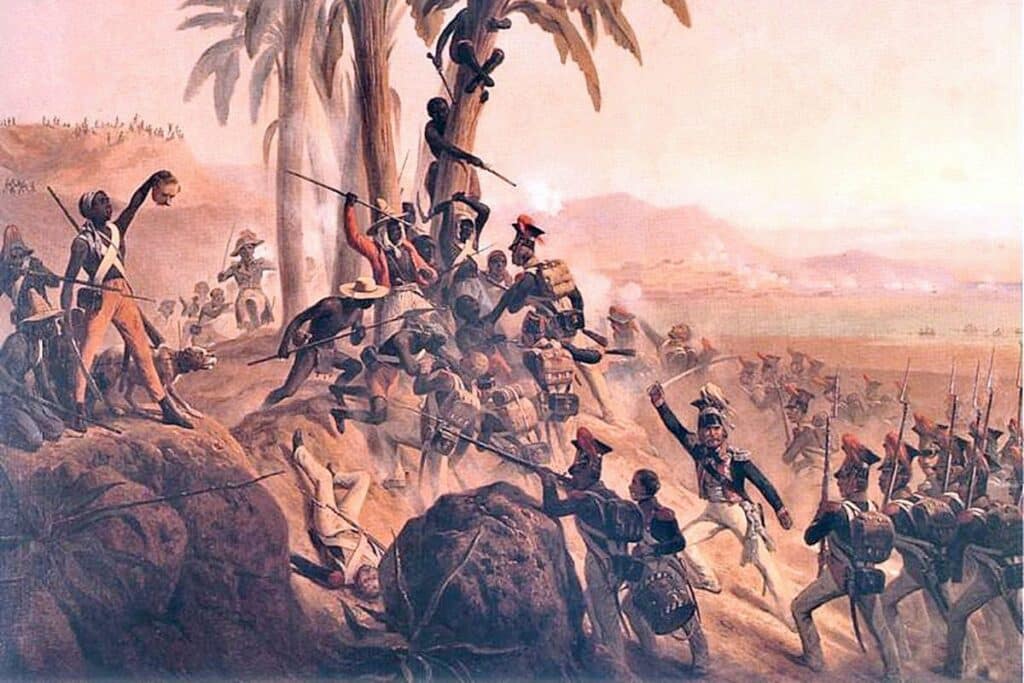
Haiti was formerly known as Saint-Domingue when they were a colony of France. It became the richest in the French empire and one of the wealthiest in the world. Its economy relied heavily on exporting goods through cultivated plantations. It led the globe in sugar and coffee production and was a significant producer in the indigo, cacao, and cotton industries. Although it was a tiny area, Saint-Domingue managed to outproduce the Spanish colonial empire in the Americas. Around one in eight French citizens relied on the massive commerce that connected France to this little outpost 4,800 nautical miles away.
The First Known Black-Led Republic
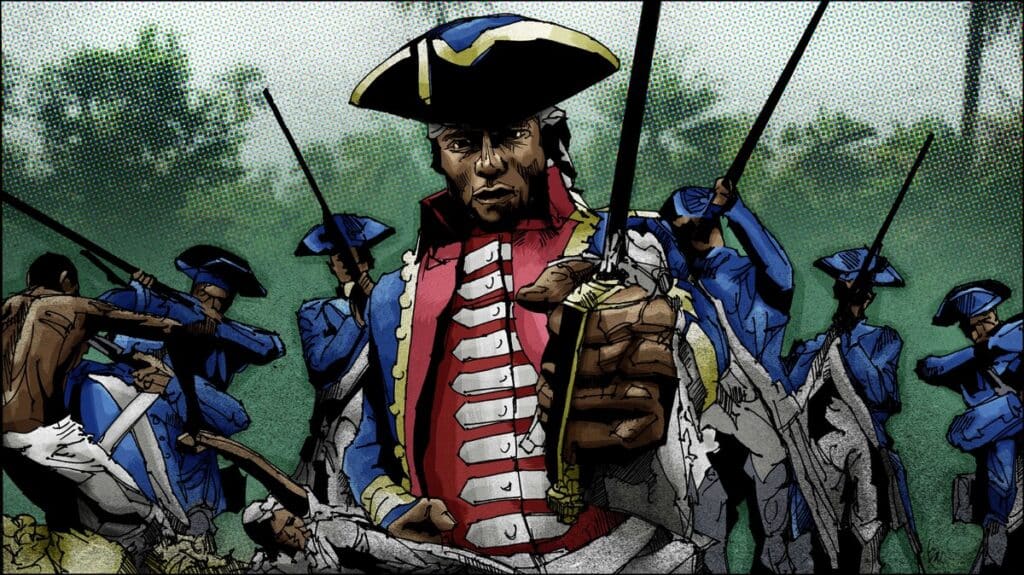
When Haiti achieved independence from France in 1804, it became the first black-led country in the world. It is the second sovereign nation in the Western Hemisphere, behind the United States. The new flag of Haiti was one example of how the French Revolution influenced the Haitian Revolution. Jean-Jacques Dessalines, in 1803, designed the flag by erasing the white stripe from the French flag to symbolize the expulsion of white settlers. Today, the flag of Haiti is based on this design, with the addition of the country’s coat of arms.
Rara Festival: A Celebration of Independence
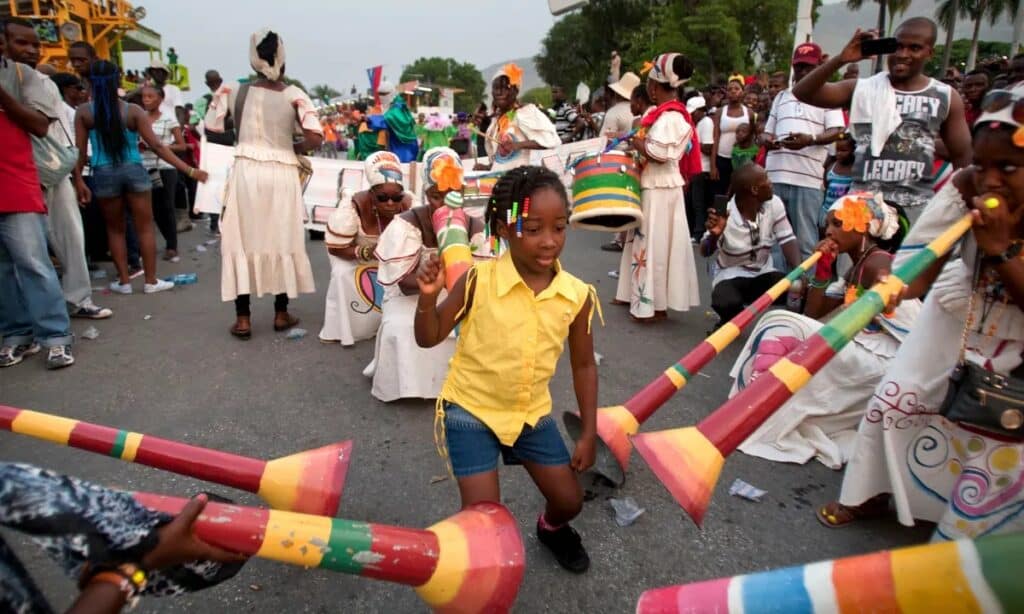
Rara celebrations are held annually around the time of Christian Easter. Typically, a band will start as a smaller carnival band and continue to march throughout Carnival, Lent, and Easter. The atmosphere during a Rara parade is boisterous and festive. Rara’s dance is aesthetically pleasing due to the elaborate sequin embroidery on their costumes. The festivities of other Caribbean nations inspired the use of fabric strips and competitive music and dance. The Rara celebration commemorates a significant portion of the slave movement that eventually led to independence. Enslaved people are not allowed to leave their estates aside during Easter time.
Citadelle: A Fortress on the Mountain Top
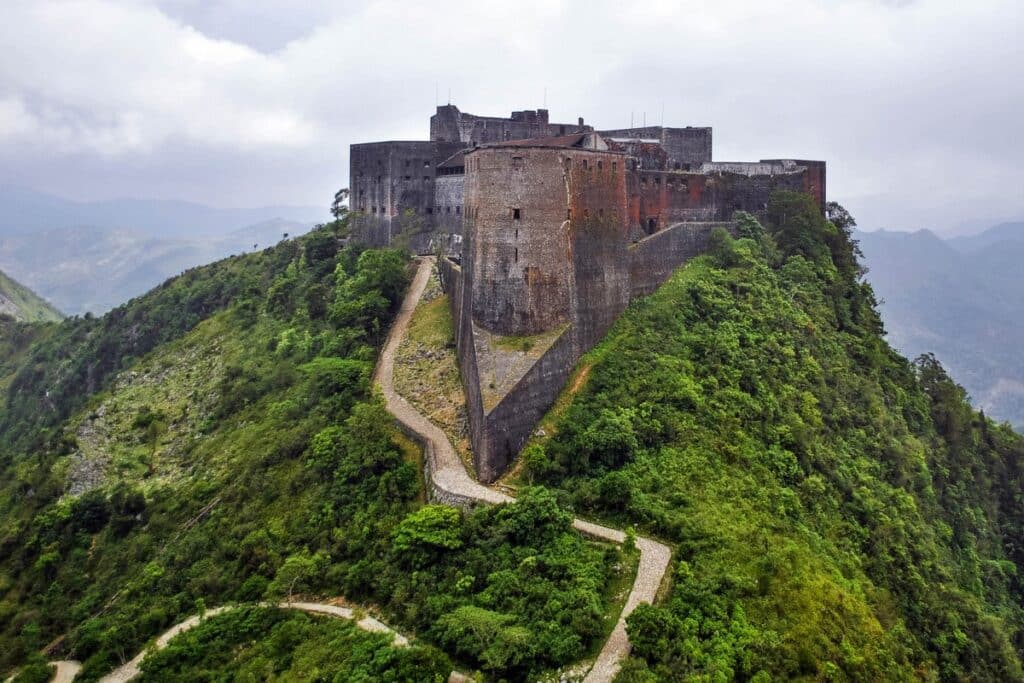
Locals refer to the massive stronghold of Citadelle Laferrière as La Citadelle. If you climb to the top of it, you may witness why it is considered the eighth wonder of the world in Haiti. From the summit of Bonnet a L’Eveque, which is around 3000 feet above sea level, the vast fortress rises 130 feet. The Citadelle has spectacular 360-degree views of the jungle-covered mountains, rivers, and ocean. More importantly, the Citadelle was visible from far out at sea, warning any potential enemies sailing toward the newly independent country of Haiti. Over 20,000 workers constructed it over 15 years.
5,600 Plant Species and Counting
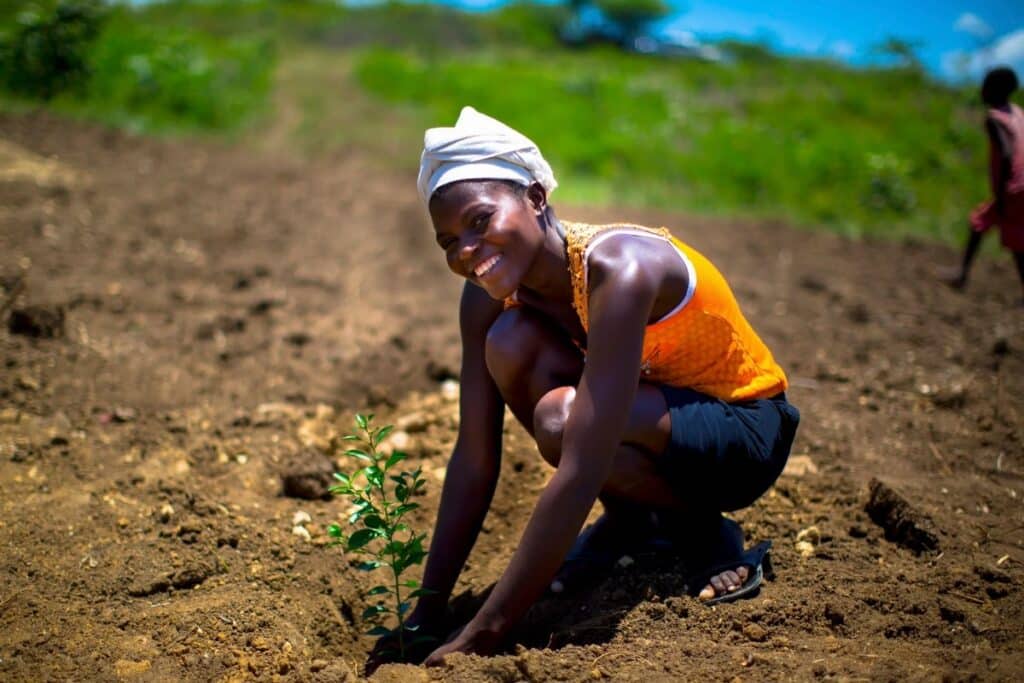
Haiti has nine distinct ecological zones, from the lowest coastal zone to the highest mountaintop. Because of this, the island is home to a wide variety of flora and fauna, including some particularly unusual species like the American flamingo, rhinoceros iguana, Haitian boa, and the Hispaniolan trogon. The Haitian solenodon is one of many critically endangered animal species in the nation. Giant tree ferns, orchids, Bayahondes, cacti, and acacias are just a few of the 5,600 plant species native to Haiti. Because of its historical and cultural significance, the Gourd became the inspiration for Haiti’s current currency, the Gourde.
Divorce Can Be Finalized with the Presence of Only One Spouse

In the 1970s, Haiti enacted legislation making divorces simple to increase tourism. Some couples go to Haiti for an immediate divorce. However, you may travel alone with or without your partner to proceed with the process. Both parties must agree to file a divorce. You may travel and submit a letter of information along with the necessary certifications. The other partner must sign a waiver, a power of attorney, and a paper subjecting themselves to the authority of the Haitian court. You may also submit a separation agreement outlining the divorce terms, including the division of property and child support.
Labadee: A Paradise in the North of Haiti
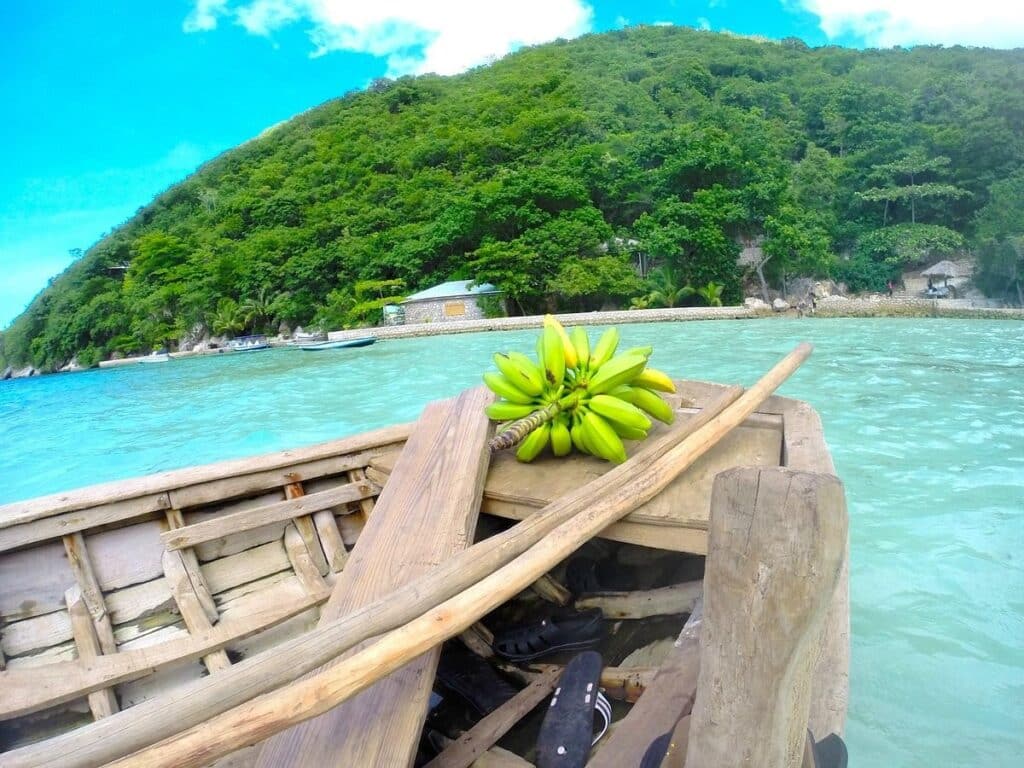
Labadee, a bay with a horseshoe shape on Haiti’s northern shore, is the most popular beach among the cruise ships that visit the country. The beach has white sand and crystal blue waters. The excitement of Labadee makes for a fantastic day trip. You can visit all four stunning beaches with powdery sand and the warm Caribbean seas. In addition to its natural beauty, Labadee is home to several thrilling attractions, such as an alpine roller coaster and one of the world’s longest zip lines over water.
Port-au-Prince Is Haiti’s Capital
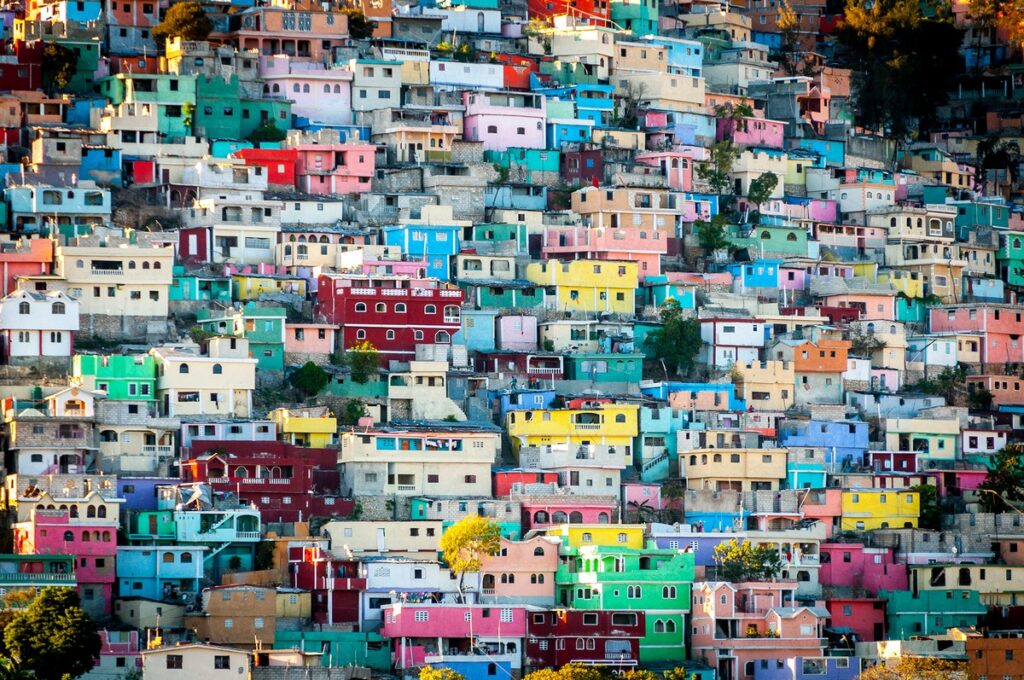
Haiti’s most populous city, Port-au-Prince, is also its capital. It’s a city that bursts with life, from the brightly painted buses to the spontaneous soccer games. Due to its position as an export hub, Port-au-Prince is the economic heart of Haiti. It is home to various Haiti educational institutions, including prestigious colleges. Museums in Port-au-Prince highlight the city’s cultural significance by preserving the legacies of explorers like Christopher Columbus and displaying their discoveries alongside historic structures. Despite the city’s cavalier approach to planning, it’s surprisingly lush, with parrots and mango trees growing side by side.
The 2010 Earthquake Shook the World
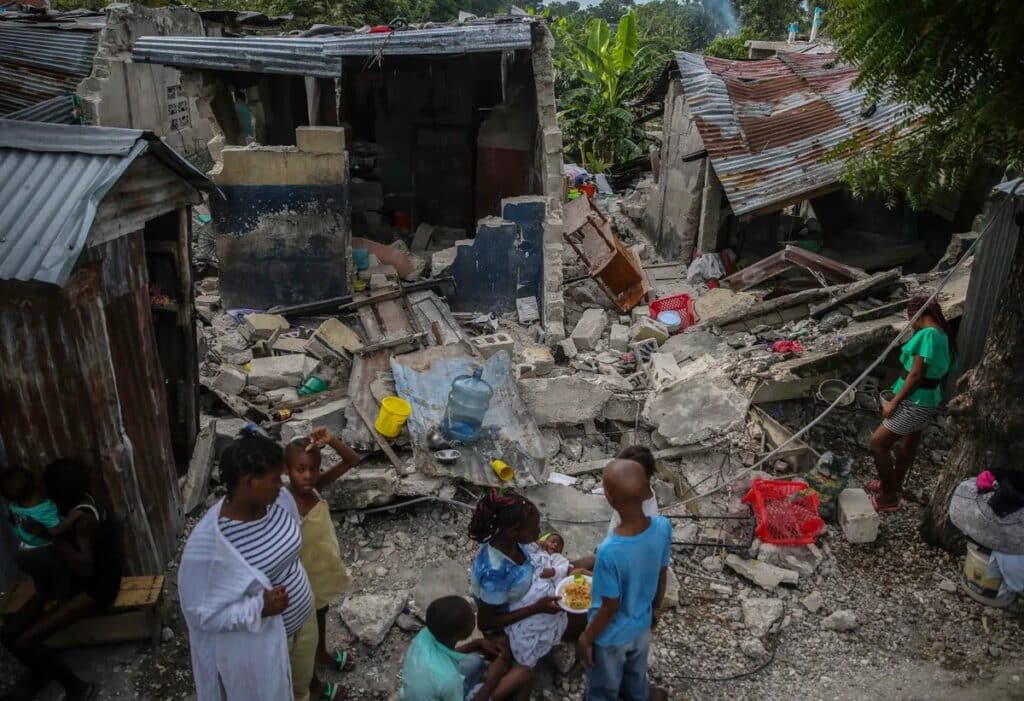
Port-au-Prince, Haiti’s capital, was leveled by a 7.0 magnitude earthquake on January 12, 2010. The earthquake killed an estimated 250,000 people and wounded another 300,000. Approximately 1.5 million people had to relocate to internal refugee camps. Thousands of houses and infrastructures were destroyed, causing disruption to essential services, transportation, farming, and trade. However, after the earthquake, the media spotlight and financial aid that had been lacking in Haiti suddenly poured in. Charities and donations provided about 7.5 billion euros for those in need. After years of aftershocks, Haiti was able to get back to its back and rebuild the country.
Haiti Boasts the Biggest Solar-Powered Hospital in the World.
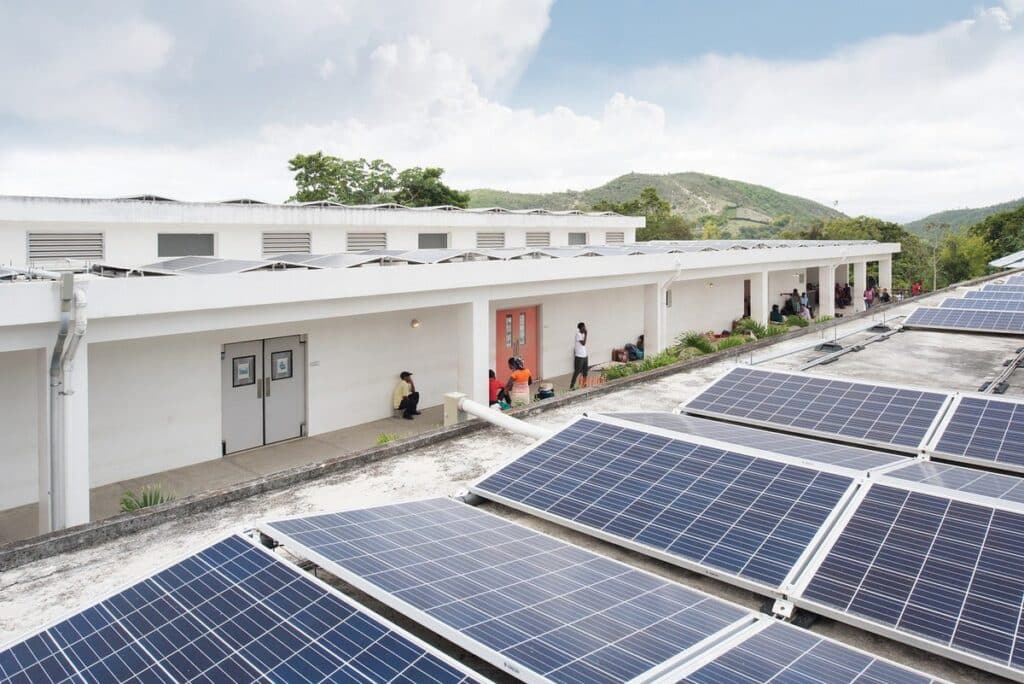
Hôpital Universitaire de Mirebalais, located in Haiti, is the world’s biggest solar-powered hospital. In Haiti, large-scale healthcare infrastructure is thwarted by intermittent electricity flows. Average daily outages in the district of Mirebalais, 30 miles north of the capital Port-au-Prince, last for three hours. The hospital’s solar energy system is among the most ambitious health-sector solar projects ever attempted in a developing nation. It also has water-efficient plumbing, water-saving features, and natural ventilation and lighting. There are over 1,800 solar panels on the hospital’s roof, and any energy surplus is sent back into the local power system.
The Balm of the Masses
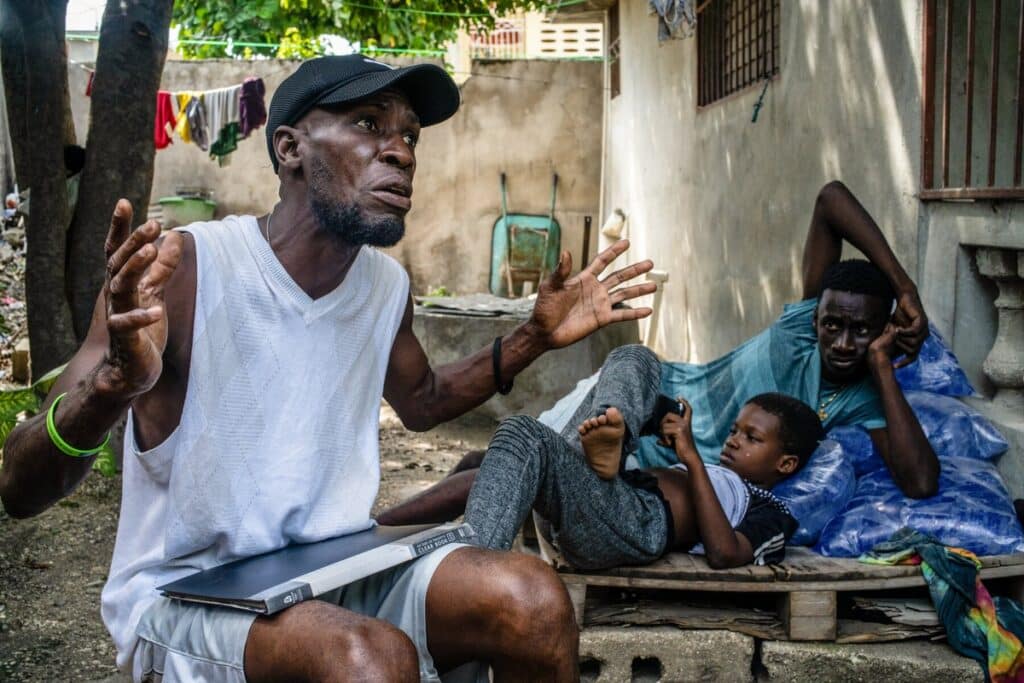
One of the must-try’s in visiting Haiti is tasting their rum. Agriculture rum is produced in Haiti using sugar cane juice. The fermented must is 7% volume stronger than in the West Indies, and distillation uses double heat. Barbancourt rum, a symbol of the island, is distilled twice and matured in Limousin wood barrels, like cognac. Some other distilleries produced rums with startling and fragrant aromas. Farmers only use organic methods without modern agricultural practices. The delayed fermentation and rigorous process produce distinct flavors. Haiti’s rum is one of the best, earning its name “the balm of the masses.”
Voodoo is a Significant Part of Their Culture
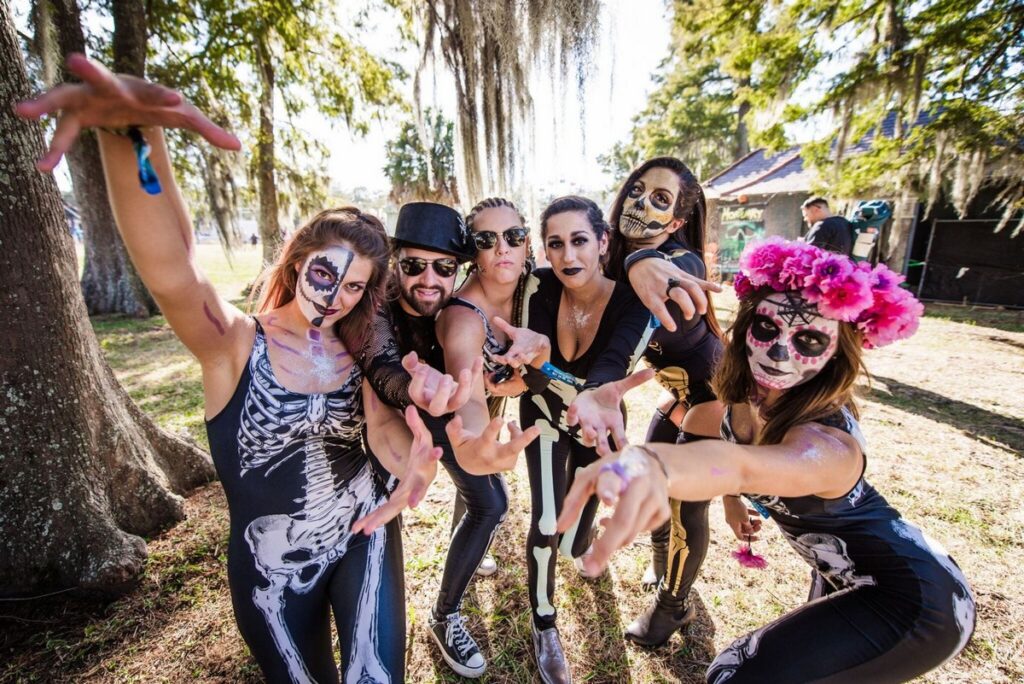
Animal sacrifices and voodoo dolls are all things that come to mind when we think of Voodoo. However, Voodoo is a religion founded on ancestor spirits and saints in Haiti. Voodoo is also a healthcare system offering religious healing. You may not see ceremonies of Voodoo during your visit, but it permeates every aspect of life there, from medicine to the arts and agriculture. Voodoo translates to “spirit.” It originated in the West African country of Benin as far back as 6,000 years ago. Slave rebels seeking a unifying spiritual identity became an inspiration for the religion.
The Mouthwatering Flavors of Griyo
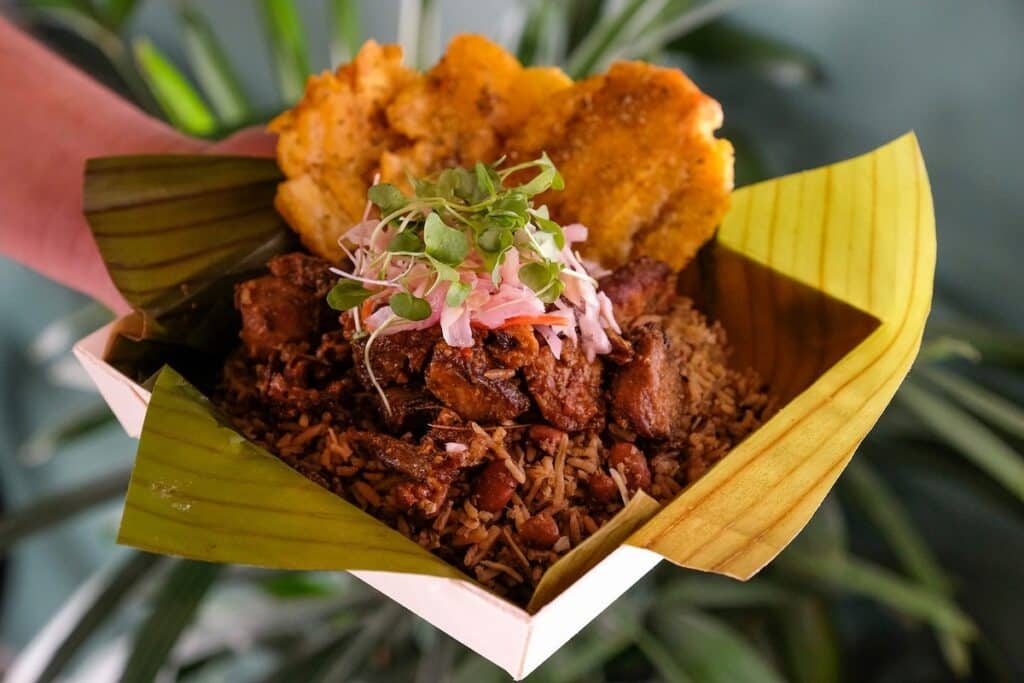
Many people in Haiti believe griyo, a meal made from roasted pork shoulder, to be their country’s national cuisine. It combines fried plantain, pickled vegetable relish, and rice. Everywhere in Haiti, from fancy restaurants to cheap food carts, you may find griyo on the menu. The locals clean griyo with a combination of citrus liquids. To get around the lack of clean water, people in various parts of the world use sour citrus fruits like oranges and limes to wash their meals. Since pig was so costly in Haiti, families usually reserved these for holidays and other special occasions.
Wyclef Jean

Every Haitian proudly supports Wyclef Jean. He is a multi-talented international artist from Haiti and performs as a rapper, singer, songwriter, musician, and actor. He initially gained fame as a solo artist and has been honored with three Grammys for his musical contributions. Jean declared his candidacy for the Haitian presidency on August 5, 2010. However, he was unable to meet the constitutional criteria of having been a resident of Haiti for five years previous to the election. Moreover, he also made efforts during the 2010 earthquake and raised funds for his fellow citizens.
Cock Fighting is an Exclusive Sport
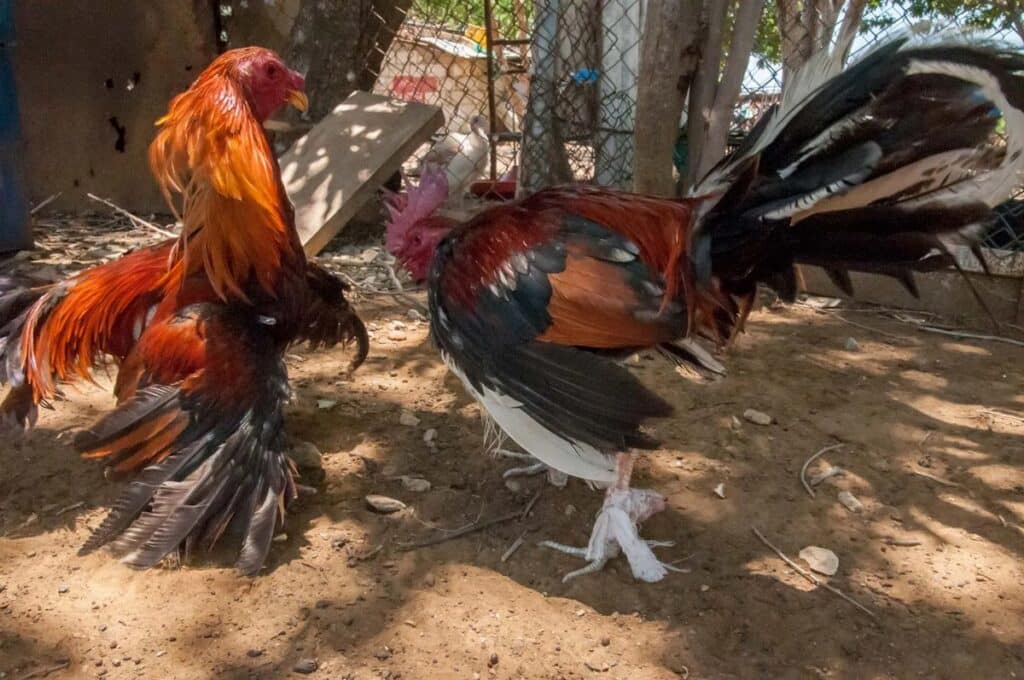
Haitians recognize cockfighting as a national sport. Cocks have a diet of raw flesh and spicy peppers soaked in rum to make them tough and aggressive. The owner of the winning cock earns $70, which is more than 80% of Haitians’ monthly income. In Haiti, cockfights still occur weekly, attracting large audiences of men who come for excitement and the chance to win money. Devotees argue that it should be preserved since it is an integral element of Haitian tradition. Betting on cockfights has become an appealing way of earning money for the locals and a leisure activity for tourists.
